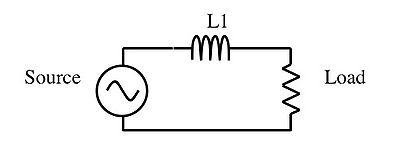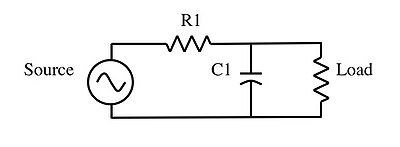Filters
A filter is an electric circuit (often called a network) that allows certain frequencies to pass but rejects (attenuates) other unwanted frequencies.
In general, filters are one of four types - Lowpass, Highpass and Bandpass (Notch) and Bandstop.
Filter Design
Low Pass Filter
A low pass filter is designed to pass low frequency signals and to block those above a certain design frequency. In ham radio these are typically used to block VHF harmonics of HF transmissions that interfere with TV reception.
Inductive
The impedance of the inductor L1 increases with increasing frequency. The increase in impedance blocks high frequency signals from reaching the load.
Capacitive
The impedance of the capacitor C1 decreases with increasing frequency. High frequencies are shorted out by this low impedance in parallel with the load. Most of the source voltage is dropped across the serier resistor R1.
High Pass Filter
High Pass filters allow the transmission of high frequency transmissions and block frequencies below the design frequency.
Band Pass Filters
Band Pass filters allow a specific band of frequencies to pass and block all those above and below. these are typically used in repeater instalations to "notch" the frequency of the repeater and reject all unwanted frequencies.
Band Stop Filters
These filters block specific bands and allow those above and below to pass.

